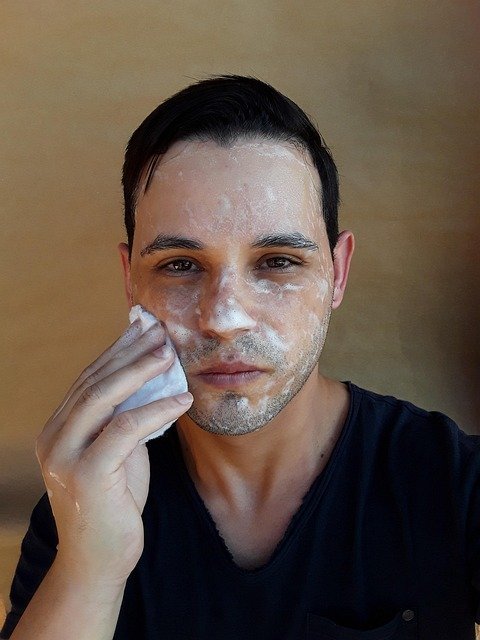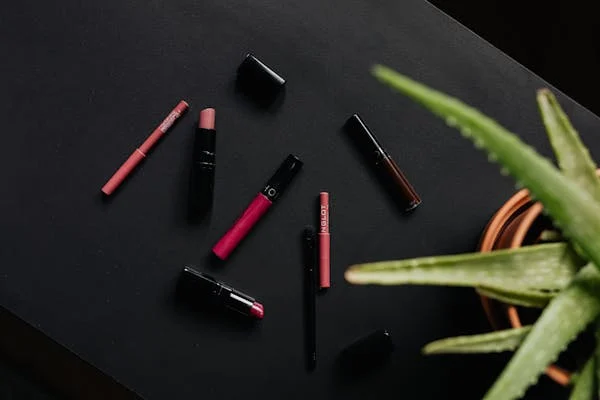Fine lines—those delicate creases that appear around the eyes, lips, and forehead—are one of the earliest signs that our skin is maturing. While they may initially appear faint and superficial, they tend to deepen over time. And though they’re perfectly natural (and even a little poetic), many of us still wish to slow their progression or soften their appearance. Thankfully, with a mindful skincare approach and a better understanding of their causes, you can keep your skin looking smooth and healthy well into the years.
Let’s break down the real story behind fine lines—why they happen, where they show up, and how to treat them with both care and confidence.
What Are Fine Lines?
Fine lines are shallow creases on the skin’s surface that typically develop due to aging, repetitive facial movements, and environmental damage. Unlike deep-set wrinkles, fine lines are usually the first sign that your skin is beginning to lose some of its youthful elasticity.
They most often form in high-expression areas like:
- The eyes (crow’s feet)
- Forehead (worry lines)
- Mouth (smile lines or lip lines)
These lines develop when the skin’s natural production of collagen and elastin—the proteins that keep it firm and stretchy—begins to decline. As this structural support weakens and moisture levels dip, the skin becomes more prone to creasing.
Why Fine Lines Show Up So Early Around the Eyes
The skin around our eyes is uniquely thin, delicate, and constantly in motion—making it a prime target for early fine lines. Here’s why this area is particularly vulnerable:
- Natural Aging: As we get older, collagen and elastin production slows down. Since the under-eye area has less fat and thinner skin, the loss is especially noticeable here.
- Facial Expressions: Squinting, laughing, and frowning all cause micro-contractions in the facial muscles. Over time, these repeated movements etch tiny lines into the skin.
- Sun Exposure: Ultraviolet (UV) rays are notorious for breaking down collagen. Years of unprotected sun exposure can speed up the formation of lines around the eyes, where the skin is least protected.
- Dehydration: Without proper moisture, skin becomes dull and dry. The under-eye area, lacking in oil glands, is easily dehydrated—making fine lines more visible.
- Lack of Sleep: Poor sleep slows down the body’s natural healing and regeneration processes, which includes skin repair. This can exacerbate signs of aging, especially under the eyes.
- Environmental Stressors: Pollution, smoke, and harsh climates create oxidative stress that damages skin cells and speeds up aging. The delicate eye area doesn’t stand much chance without protection.
- Genetics: Some people are simply predisposed to developing fine lines earlier, especially if early aging runs in the family.
How to Minimize Fine Lines Without Chasing Perfection
Let’s be clear: having fine lines doesn’t mean your skin is damaged or that you’ve failed at skincare. It’s part of being human. But there are ways to keep your skin smooth, supported, and resilient:
1. Hydrate, Hydrate, Hydrate
Moisture is your skin’s best defense against early signs of aging. Use a hydrating serum with hyaluronic acid and follow up with a rich moisturizer, especially at night.
2. Use Gentle Exfoliation
Dead skin can settle into lines, making them appear more pronounced. Incorporate gentle chemical exfoliants (like lactic acid or polyhydroxy acids) once or twice a week to keep your complexion smooth.
3. Protect With SPF
Sunscreen isn’t optional—it’s your number one tool for preventing fine lines. Choose a broad-spectrum SPF 30+ daily, even when indoors, to block UV rays and free radicals.
4. Targeted Eye Creams and Serums
Invest in products formulated specifically for the eye area. Look for ingredients like:
- Retinol: Encourages cell turnover and boosts collagen
- Peptides: Help strengthen and repair skin
- Niacinamide: Smooths fine lines while calming the skin
- Caffeine or Vitamin C: Brightens and tightens the under-eye area
5. Support Your Skin From Within
Your diet plays a big role in how your skin ages. Include foods rich in:
- Antioxidants (berries, leafy greens)
- Healthy fats (avocados, fish)
- Vitamins A, C, and E
- Plenty of water
6. Adopt Skin-Friendly Lifestyle Habits
Sleep well. Quit smoking. Cut back on alcohol. These simple habits can drastically reduce the pace at which fine lines develop.
Frequently Asked Questions
Q: Can I completely get rid of fine lines?
Not entirely. Fine lines are part of the skin’s natural aging process, but with consistent care, their appearance can be minimized significantly.
Q: Are professional treatments worth it?
Yes, depending on your goals. Options like microneedling, chemical peels, and injectables (like Botox or fillers) can make a visible difference in reducing fine lines.
Q: Are natural remedies helpful?
While they may not erase fine lines, natural ingredients like aloe vera, honey, and coconut oil can support skin hydration and improve texture over time.
Q: What products should I use daily?
A routine that includes a gentle cleanser, hydrating serum, moisturizer, SPF, and a targeted treatment (like retinol or peptides) will offer both protection and results.
The Bottom Line
Fine lines aren’t flaws—they’re footprints of life’s expressions, stories, and seasons. Still, caring for your skin is an act of self-respect, and with the right steps, you can slow the aging process gracefully. Rather than chasing perfection, focus on maintaining your skin’s health, hydration, and resilience. That’s where true beauty lies—not in erasing every line, but in wearing your age with confidence and care.










